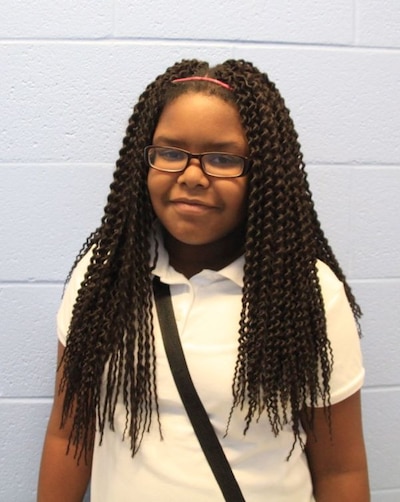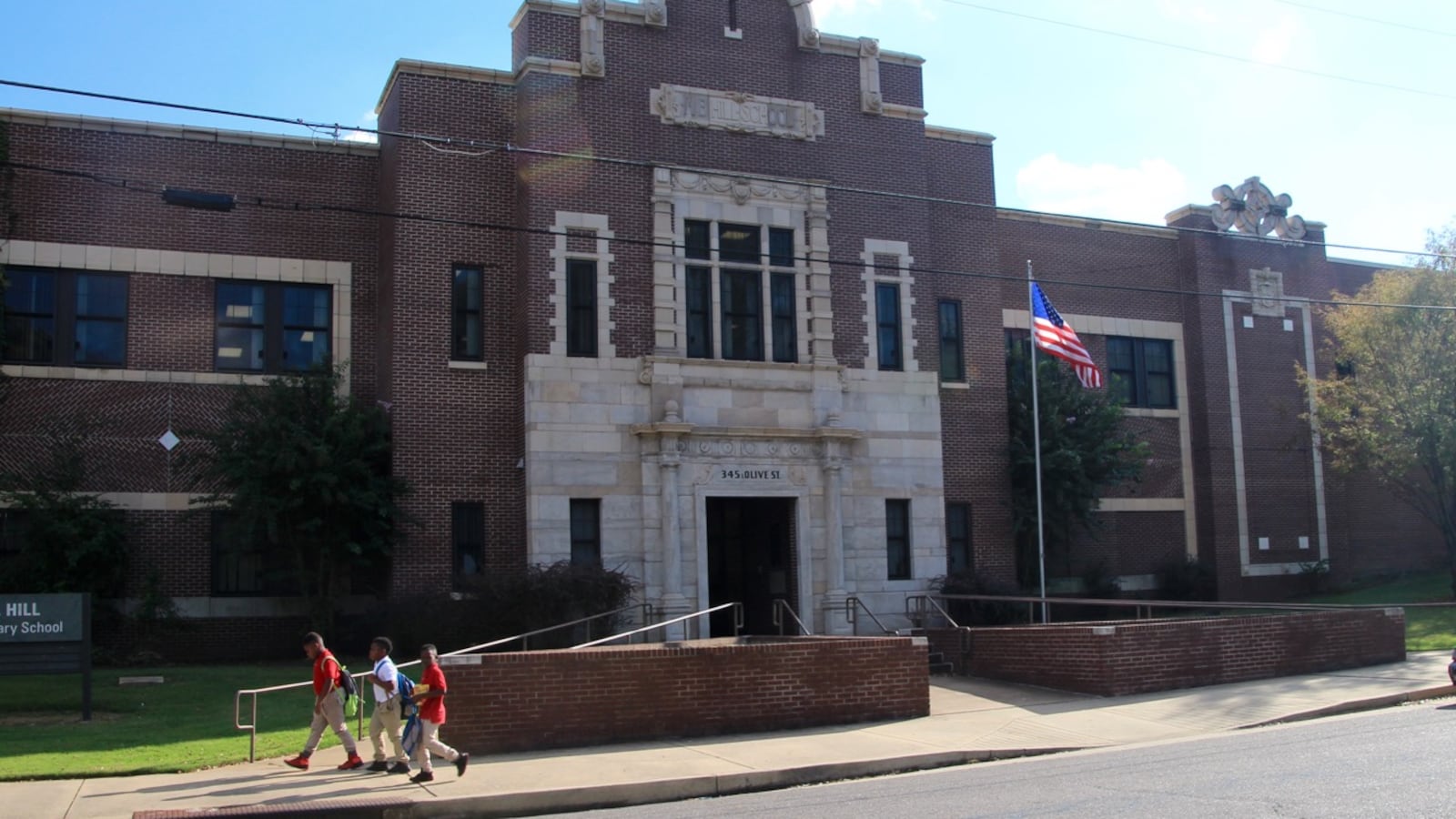In Memphis, the assumption has been that closing low-performing schools will cause students to end up in better ones.
But that’s not necessarily the case, according to data on the 21 neighborhood schools closed in the city since 2012.
Students who came from about half of those schools have been re-zoned to schools that either were academically on par or actually performing worse, according to a Chalkbeat analysis.
This contradicts the rhetoric questioned for years by residents of neighborhoods impacted by shuttered schools. And just last week, when school board members discussed the process for future closures, they cited among their biggest concerns the academic performance of schools receiving displaced students.
District leaders expect to close up to 24 schools over the next five years and will release a facilities study this fall to inform the discussion.
Academics needs to be the primary driver, they say, in deciding which schools to close going forward — but that requires an examination of academics at both the closing and receiving schools.
It was only last year when Shelby County Schools began to track the test scores of students leaving closed schools. But those results will be delayed due to a one-year void in data under the state’s failed TNReady test.
A Chalkbeat analysis of publicly available district data dating to 2012 found mixed results in comparing performance at schools that were closed and those where students were rezoned. The analysis was based on two measurements: standardized test scores and growth scores. The growth score, known as TVAAS, is based on a complex “value added” formula that uses state tests to rate the impact of individual teachers on their students’ learning on a scale of 1 to 5, with a 1 being the lowest and a 5 the best.
The analysis shows that up to 2,600 Memphis students leaving 10 closed schools since 2012 were assigned to schools with similar, if not worse, test scores.
Take Orleans Elementary, which was closed in 2013. That year, half its students performed at or above grade level in math and a third performed similarly in reading. After Orleans closed, its 170 students were directed to Lincoln Elementary, where students scored 13 percentage points worse in math and 8 percentage points worse in reading than students did at Orleans. Test scores at Lincoln Elementary dipped the year after Orleans students started attending, and before long, Lincoln was on the district’s closure list. That school was officially shuttered last year.
Lincoln’s students then were rezoned for A.B. Hill Elementary, a school in the district’s Innovation Zone initiative for improving low-performing schools. The year before it closed, Lincoln earned a TVAAS score of 3. The same year, A.B. Hill scored a 1. However, A.B. Hill did have higher achievement scores than Lincoln. For example, more than 26 percent of A.B. Hill students scored proficient or advanced on math achievement tests during the 2014-15 school year, compared to more than 19 percent of Lincoln students.
It’s important to keep in mind that displaced students rezoned to another school don’t always end up going there. In fact, district officials believe only about half make that transition following the new zones. But the same concerns apply.

Miranda Moore, now a sixth-grader at Riverview K-8, attended Alton Elementary after Lincoln was shuttered because Alton was closer to home. In 2014-15, Lincoln’s last year of operation, Alton scored a 1 on TVAAS.
“I was sad to leave Lincoln,” Miranda said. “It was a fun school with lots of field trips. Teachers told us that it was closing because of low test scores. I felt like the teachers there were good. So, I didn’t get that.”
About 750 students from at least three closed schools were assigned to a school with the same growth score.
Take recently shuttered Carver High, which had a TVAAS of 1, the lowest score possible, in 2014-15. Hamilton High, which is supposed to absorb most of the Carver students and is part of the district’s iZone, also had a TVAAS score of 1 last year.
But test scores don’t necessarily measure the environment of a school.
“Because Carver was a smaller school, there was lots of time for one-on-one between teachers and the students,” said Kevin Woodard, a chemistry and physics teacher at Hamilton who taught at Carver last school year. “I don’t think it was an academically worse school. But, from a financial standpoint, I get why it might have been a fair decision to close.”
In a statement this week, leaders of Shelby County Schools said their evaluation of school performance is based primarily on achievement and growth based on test scores, but also include measures of quality such as staff retention and rates for graduation, dropouts, attendance and student attrition withdrawal. Several other measures of culture and climate also have been considered.
"While student achievement is the primary goal, we recognize students have needs beyond academic attainment, especially in high-poverty areas."
Shelby County Schools
“The performance of the receiving school is not necessarily a reflection of the closure’s impact on students (or the achievement of the receiving school),” the statement said. “While student achievement is the primary goal, we recognize students have needs beyond academic attainment, especially in high-poverty areas. We want to help meet those needs and to ensure students are equipped with the skills to help them become contributing members of their community. Many of those skills are not measured on a test or in the classroom, but are equally as important.”
While school closings in Memphis generally coincide with budget talks, district leaders acknowledge that it’s not clear whether closing schools saves money in the long run. They increasingly are emphasizing the need to boost academic achievement by moving students out of low-performing, under-enrolled and costly buildings.
And yet, not all schools closed since 2012 were considered low-performing. South Side Middle, which closed in 2015, had a TVAAS score of 4 for its final year of operation.
Chalkbeat’s analysis showed 10 closings did propel about 2,190 students into higher-performing schools.
For example, about 10 percent of students at Vance Middle scored proficient/advanced on math and reading achievement tests in 2013-14, its final year. Vance students were added to Booker T. Washington High School, where more than 60 percent of its students scored proficient/advanced on achievement tests the same year.

Though research on the academic effects of school closures in Memphis doesn’t exist, a 2009 study said students in Chicago were more successful if they transferred from closed schools to a significantly higher-performing school. And a 2012 study by the Journal of Urban Economics said negative effects of a school closing can be minimized if students transfer to a higher-performing school.
While community leaders are increasingly demanding that such decisions be rooted in academics, that’s typically not been the case, said Daniel Kiel, a University of Memphis law professor who researches educational inequality in Memphis. The city’s school closures have mostly focused on saving money and responding to demographic changes, according to Kiel, who served on a consolidation planning committee several years ago that recommended shuttering some schools.
“We attempted to frame the school closings that we recommended as opportunities to provide more resources to more students rather than spreading resources in under-capacity schools, but that, of course, was not how the recommendations were received in the communities,” Kiel said. “The closing of a school is very traumatic to a community because it symbolizes a departure of a local institution — but the departure of that institution often only reflects a broader decline in an area around a school.”
There are numerous ways that school closures can have the potential to improve academics. Shuttering schools can be an opportunity to re-sort teachers to place top-rated ones in more schools, which can have the effect of increasing students’ access to better schools, said Cardell Orrin, Memphis director for Stand for Children, a school choice advocacy organization.
“With the teacher shortage nationwide, how do we have enough teachers in the building?” Orrin said. “We don’t have the number of highly effective school leaders for the number of schools we have. So consolidating the schools together where we can have an effective leader and operator … makes a lot of sense.”
School board member Chris Caldwell said that the “primary reason you should close a school is the quality of a building and the quality of education kids are getting in the buildings.” Even so, the district has to guard against the negative impact of flooding other schools with students that need additional resources after coming from closed low-performing schools.
“It makes it very hard to get traction and continue on the path and trajectory you were on in improving,” Caldwell said.
Chalkbeat reporter Laura Faith Kebede contributed to this report.
Analyzing the role academics play in Memphis school closures
The following table shows proficiency data for closed schools and their re-zoned schools during the last year of operation of the shuttered schools. Riverview Elementary and Shannon Elementary are not included because no publicly available proficiency data is available. TVAAS scores before the 2013-14 school year also were not publicly available at the time of publication.

